Quad Meshes with Planar Parameter Lines
architectural geometry, computational design, planar parameter lines, static equilibrium
Publication
Computer-Aided Design (CAD)
Authors
Cheng Wang, Caigui Jiang, Hui Wang, Xavier Tellier, Helmut Pottmann
Abstract
We address the computational design of architectural structures which are based on a frame of intersecting beams that are aligned with the parameter lines of a quad mesh. While previous work mainly put a planarity constraint onto the faces of the mesh, we focus on the planarity of long-range supporting beams which follow selected polylines in the underlying mesh. In addition to that, we impose further constraints including planarity of faces, right node angles and static equilibrium, and discuss in which way these may be combined. Some of the studied meshes are discrete counterparts of certain well-known surfaces in classical geometry, whose knowledge is helpful for initializing the proposed optimization algorithms.
Paper
Figures
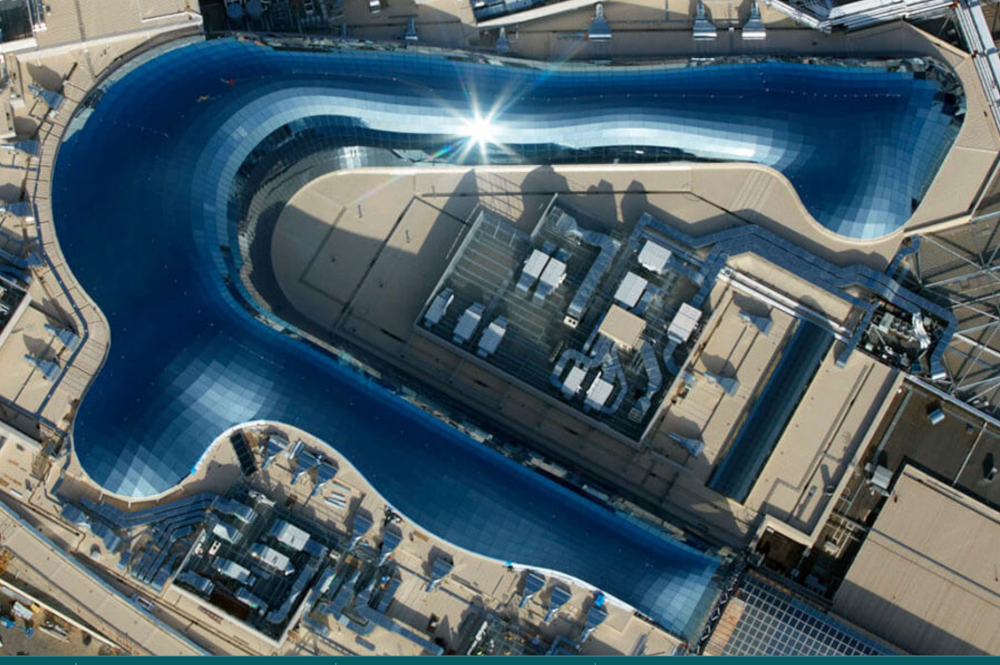
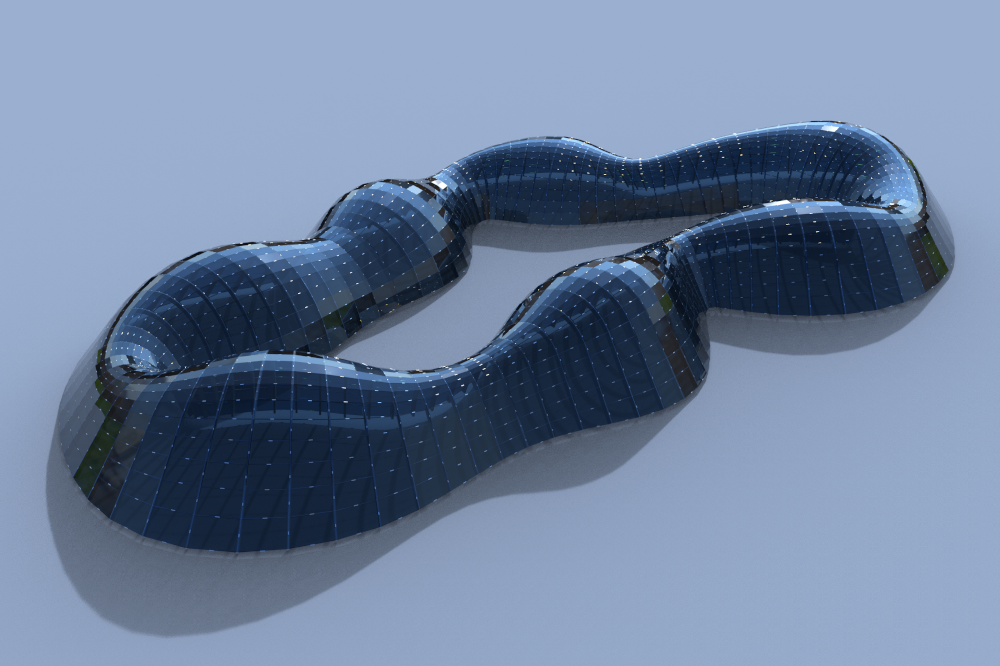
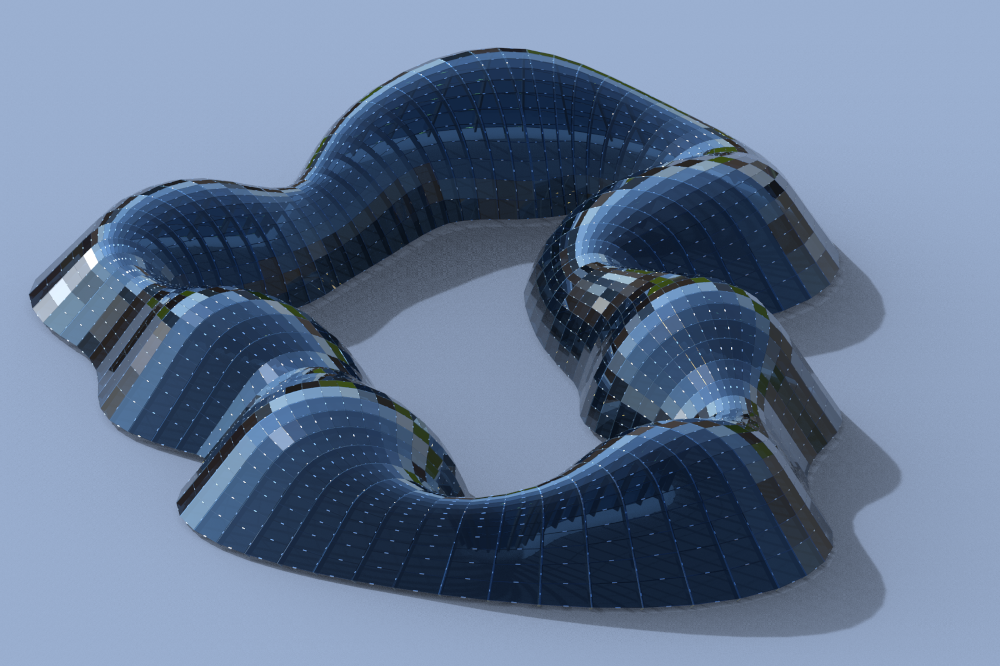
Fig.1: Inspired by the glass roof of Chadstone Shopping Centre in Melbourne, I designed a quad mesh with planar faces and one family of planar polylines (P+PQ type).
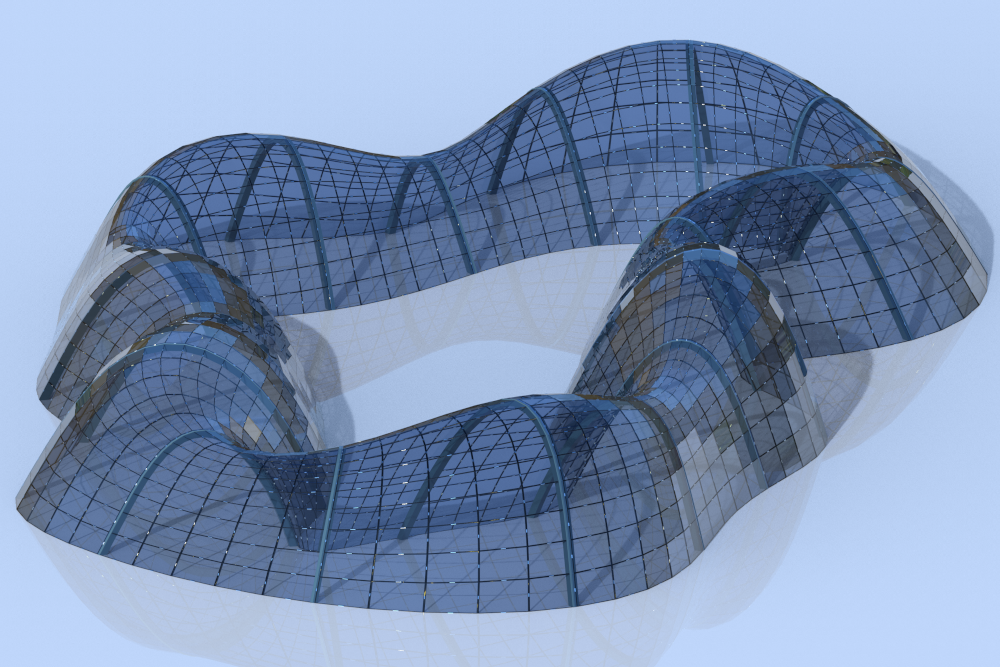
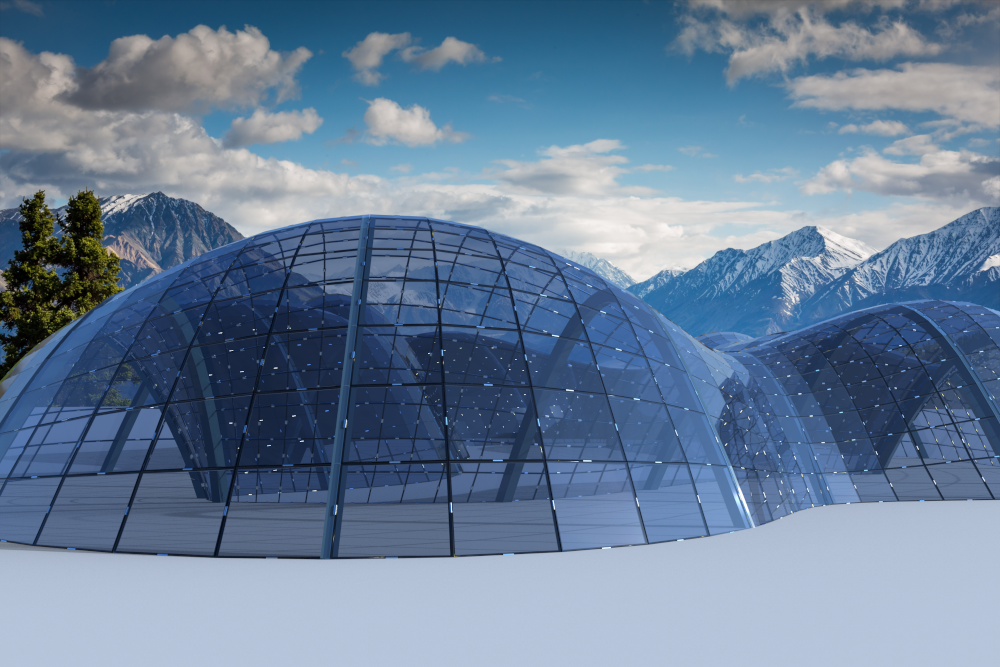
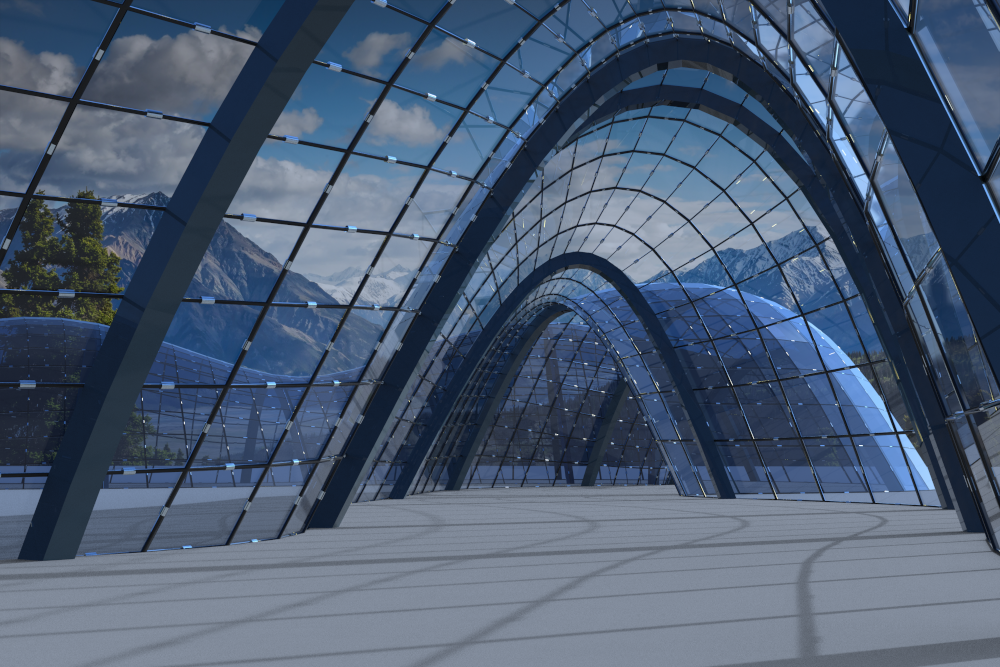
Fig.2: Different from the one in Fig.1, every fifth polyline of a family is planar.
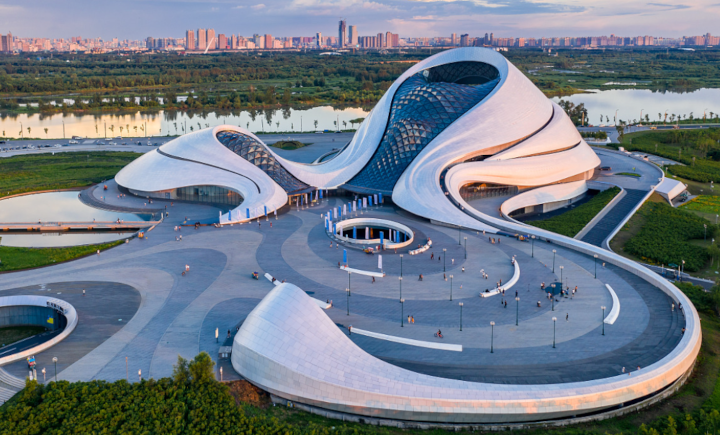
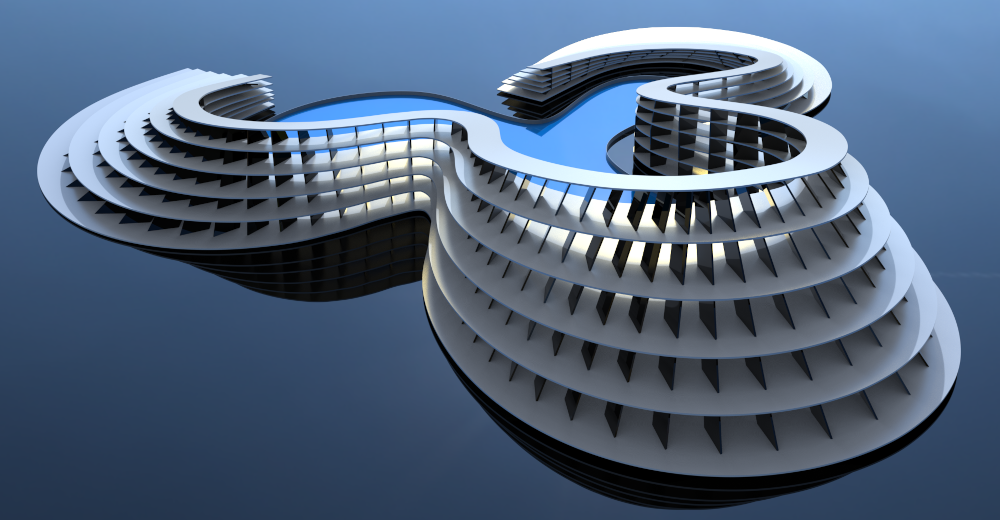
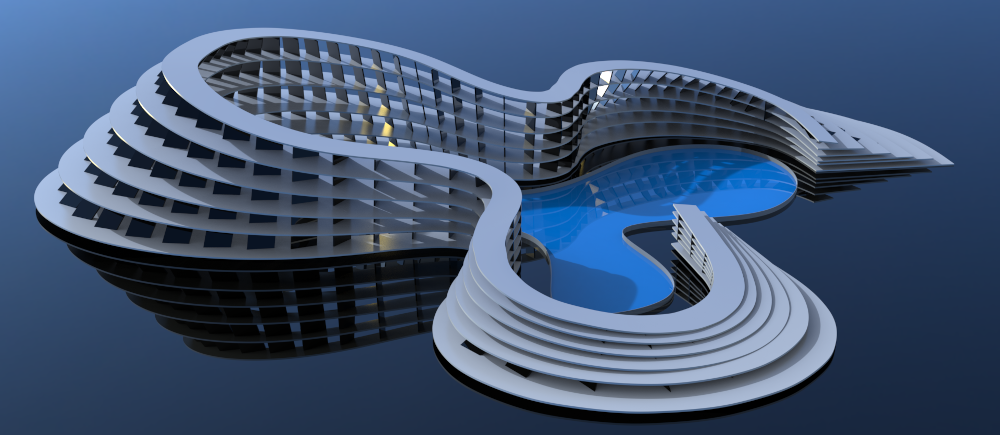
Fig.3: Left: MAD Architects-designed Harbin Opera House in China. Right-two: Inspired by it, I designed a supporting structure with two families of orthogonal planar polylines (PP+90 type).
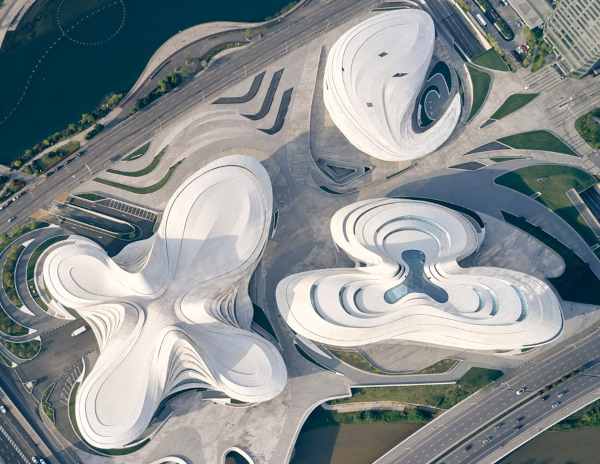
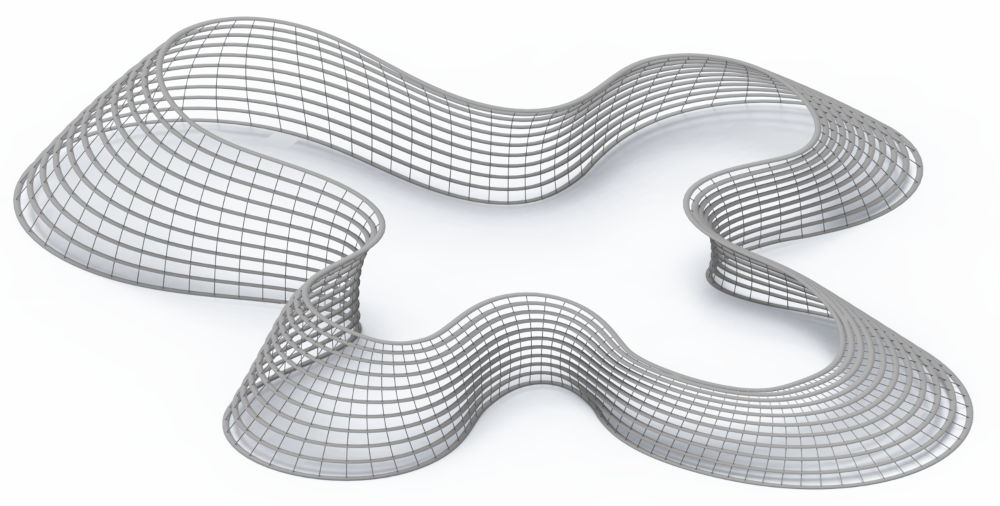
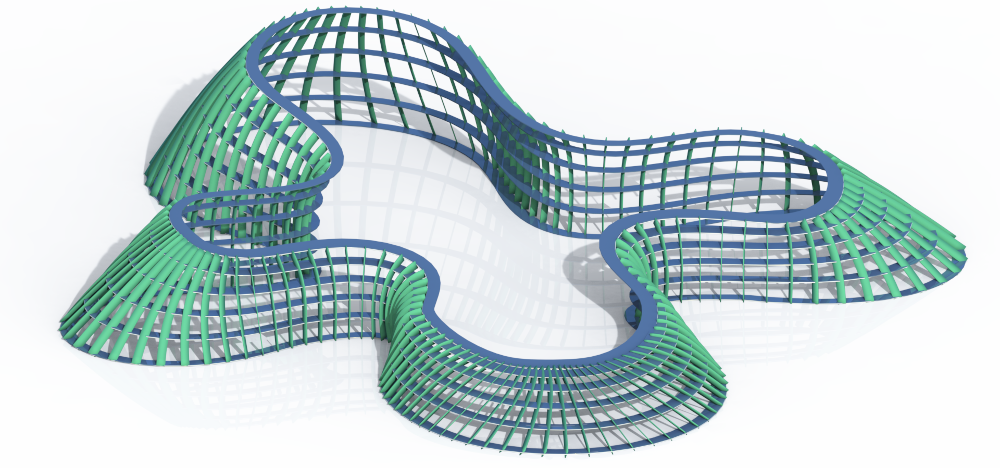
Fig.4: Left: Zaha Hadid Architects-designed Changsha Meixihu International Culture and Art Centre in China. Right-two: Based on the left corner one, I designed another supporting structure with two families of orthogonal planar polylines (PP+90 type).
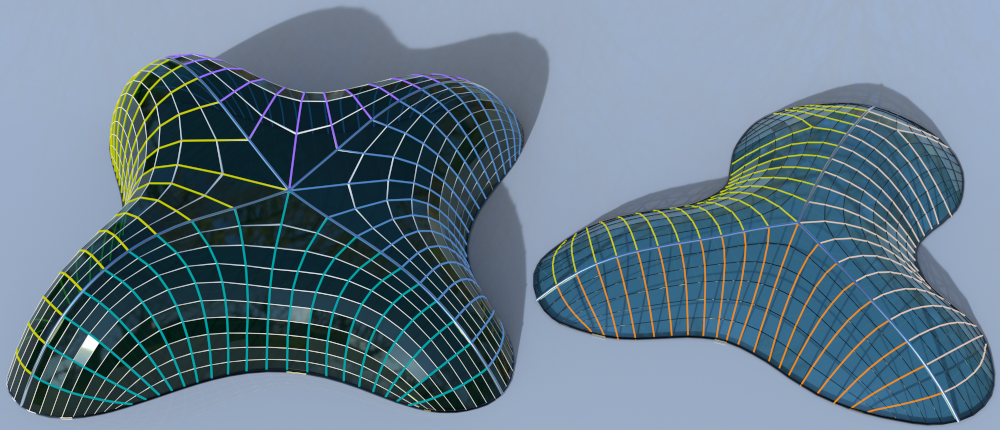
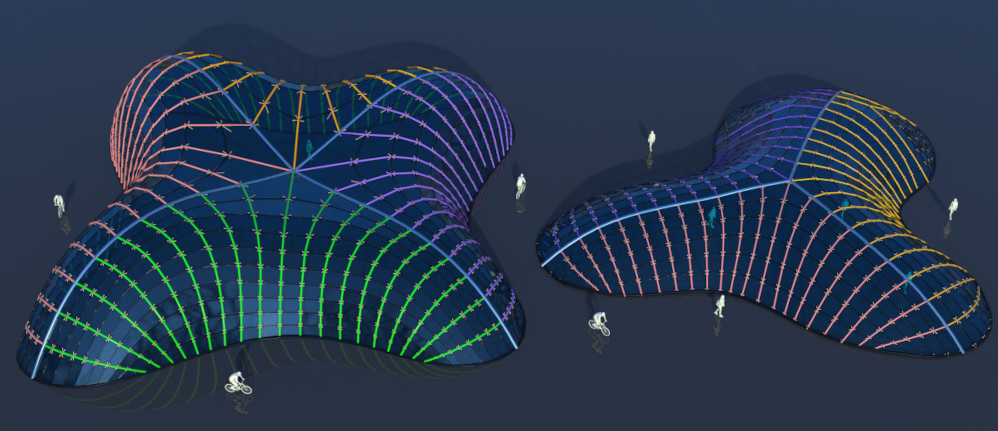
Fig.5: Left: A quad mesh with planar faces and one family of piecewise planar polylines (in colors) approximating the surface on the top of the Lilium Tower model by Zaha Hadid Architects. Right: A quad mesh in static equilibrium rationalized with planar faces and one family of piecewise planar polylines (in colors).
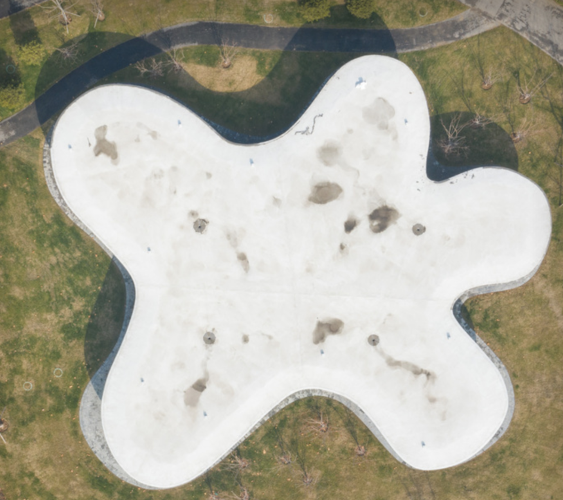



Fig.6: A P+PQ mesh with its support structure generates different shading patterns during a day at 9:00, 12:00 and 15:00. When the light is parallel to those planar polylines, the respective parts in the shading pattern are lighter. The base curve comes from the Ryue Nishizawa-designed Jining Art Museum in China.